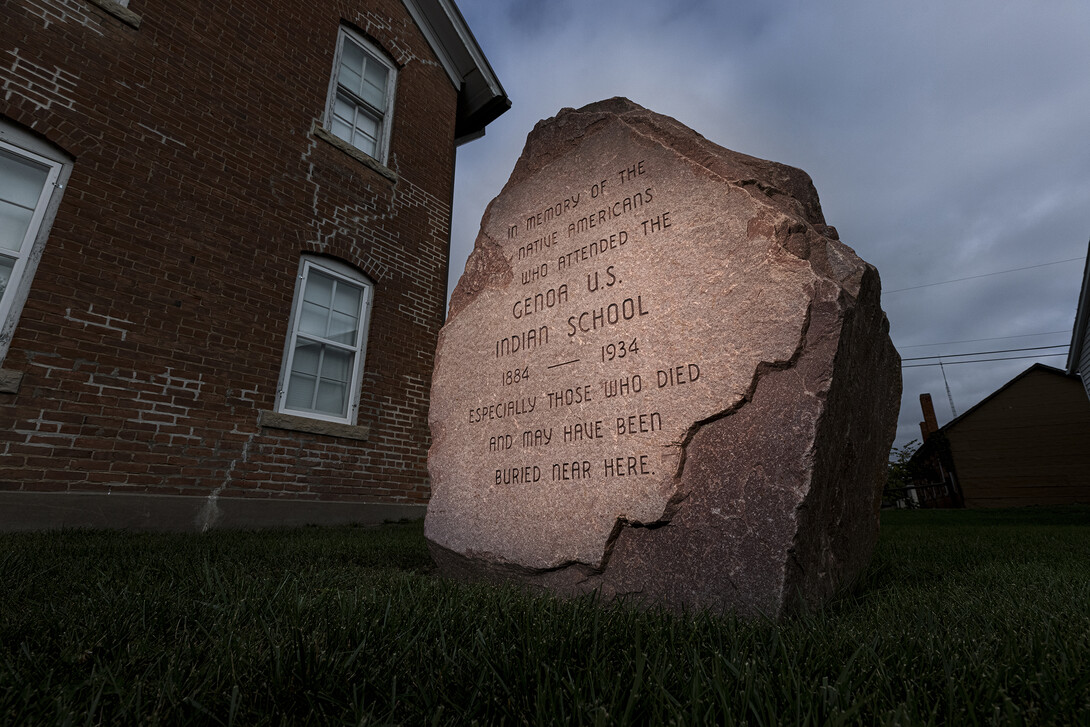
The Genoa Indian School Digital Reconciliation Project, co-directed by the University of Nebraska–Lincoln’s Margaret Jacobs, has garnered national and international media attention in recent days.
During a Nov. 11 panel discussion, team and community members shared the lasting impact of the school, new research and deep insights into the personal stories of those who attended the Genoa, Nebraska, school — one of more than 300 Indian boarding schools established by the government and churches in the late 19th and early 20th centuries. The schools were meant to assimilate Native children and break their ties to families and tribes. The Genoa school operated from 1884 to 1934.
Researchers say they have discovered the names of 102 students who died while at the Genoa Indian School, the Omaha World-Herald reported Nov. 12. The Associated Press version of the article was picked up by 130-plus media outlets, including ABC News, The Guardian, USA Today, The Washington Post and Yahoo! News.
The Independent published a story on the boarding school Nov. 16.
Jacobs, Charles Mach Professor of History and director of the Center for Great Plains Studies at Nebraska, said punishments at the school were harsh and some of the causes of death included drownings, accidental shootings, even a child being hit by a freight train.
“Sports were really big in the schools, and we’ve got a couple of accounts that talk about a child that was boxing and died shortly after a boxing match,” she said. “There is evidence of that kind of negligence.
“There were a lot of runaways, and if they were caught and brought back, they could expect very harsh punishments … These were really brutal institutions. I do think the number [of dead] is likely to be higher.”
Stories on the Genoa Indian School Digital Reconciliation Project also appeared Nov. 16 in Esquire and Nov. 17 in The New York Times.







